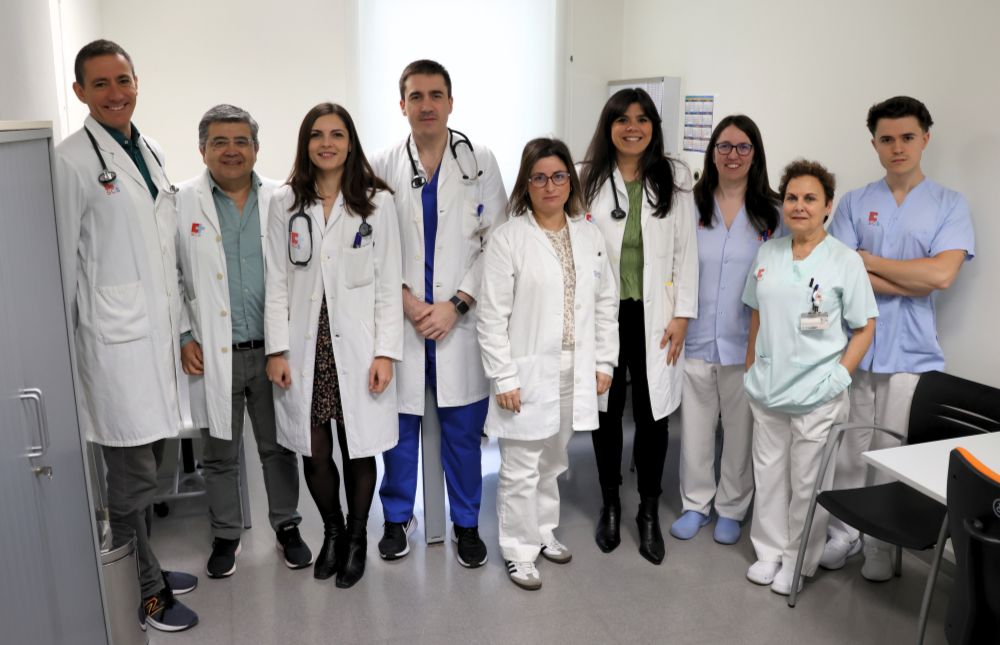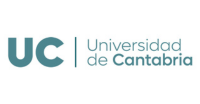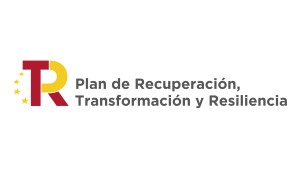The research, conducted by professionals from the Marqués de Valdecilla University Hospital and researchers from the IDIVAL Health Research Institute, evaluates the usefulness of the GAP index as a prognostic marker in patients with interstitial lung diseases referred for transplantation.
Researchers from the Marqués de Valdecilla Research Institute (IDIVAL), in collaboration with the Pulmonology Department at Marqués de Valdecilla University Hospital, have published a new study in the journal Clinical Transplantation exploring the value of the GAP index as a tool to support decision-making in patients with interstitial lung diseases (ILD) who are candidates for lung transplantation.
The study was led by the Lung Transplant Unit team at the hospital, which has over 28 years of experience and serves as the national reference center (CSUR) for the northern region of Spain (Asturias, Cantabria, the Basque Country, La Rioja, Navarre, and northern Castilla y León). It is also part of the European Reference Network for Rare Respiratory Diseases (ERN-Lung) and has held ISO 9001 quality certification since 2013.
A clinical challenge: identifying patients in time
Interstitial lung diseases have become the leading indication for lung transplantation, both in Spain and internationally. However, their progression is unpredictable: some patients deteriorate slowly, while others worsen within months. This makes management difficult and puts the lives of patients who are not referred to specialized units in time at risk.
Previous studies by the same team had already shown that delayed referral reduces the chances of being included on the transplant waiting list. For this reason, the Valdecilla unit has actively worked to raise awareness among other hospitals of the importance of early referral for these patients, in line with the recommendations of the International Society for Heart and Lung Transplantation (ISHLT).
GAP: a simple tool with clinical potential
Unlike other pulmonary diseases, such as COPD or pulmonary hypertension, interstitial lung diseases do not have a prognostic scoring system recognized by the ISHLT to guide listing for transplantation. In this context, the researchers decided to assess the usefulness of the GAP index — based on gender, age, and two pulmonary function tests (FVC and DLCO) — as a prognostic tool in patients already diagnosed with ILD and referred for transplantation.
This index, originally developed for newly diagnosed Idiopathic Pulmonary Fibrosis patients, was applied for the first time in this study to a cohort of prevalent patients with any type of interstitial lung disease. The results showed that the GAP index also allows for adequate prognostic stratification in these patients, even at the time of their first consultation in the transplant unit.
A first step toward a change in clinical practice
Although this is a single-center study, its authors believe it could have significant clinical value. The use of simple, accessible tools such as the GAP index could help better identify patients with poorer prognoses, allowing for prioritized inclusion on the transplant waiting list and thereby increasing their chances of survival.
The Valdecilla team encourages other centers to validate these findings and continue working on strategies to optimize referral times and access to transplantation for this type of patient.
Link to the article: https://onlinelibrary.wiley.com/doi/10.1111/ctr.70136
Photo caption: Professionals from the Lung Transplant Unit and the Pulmonology Department at HUMV






















